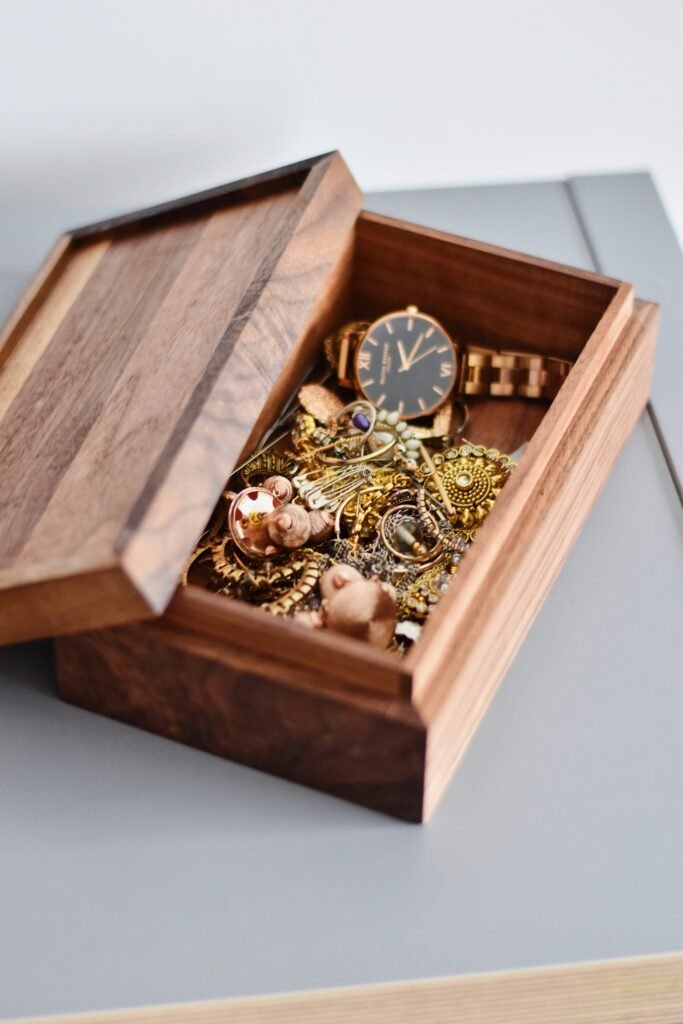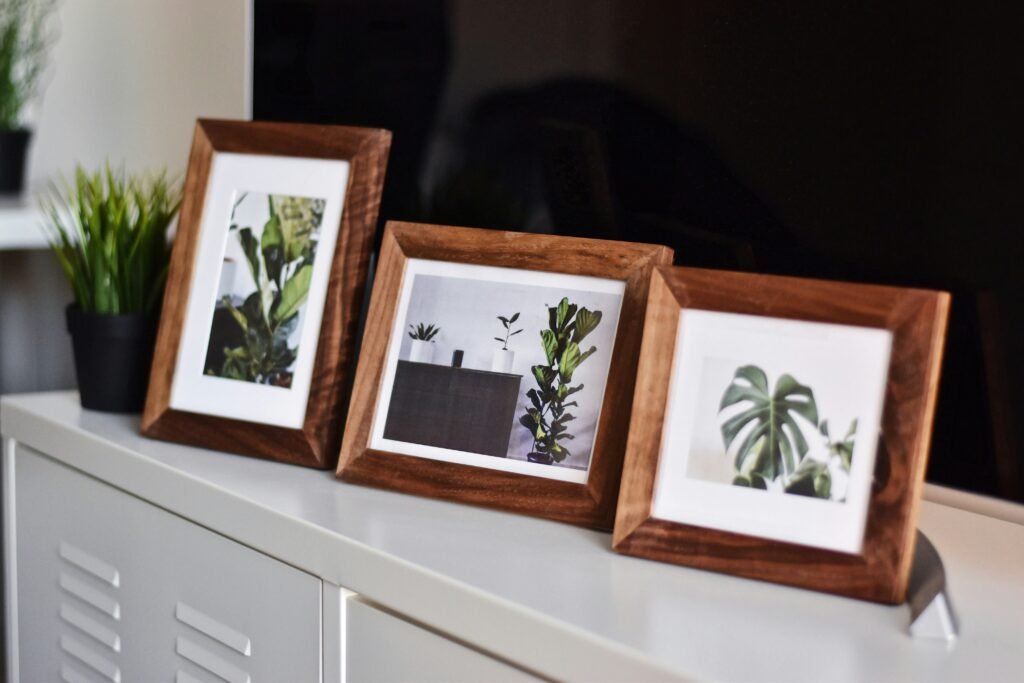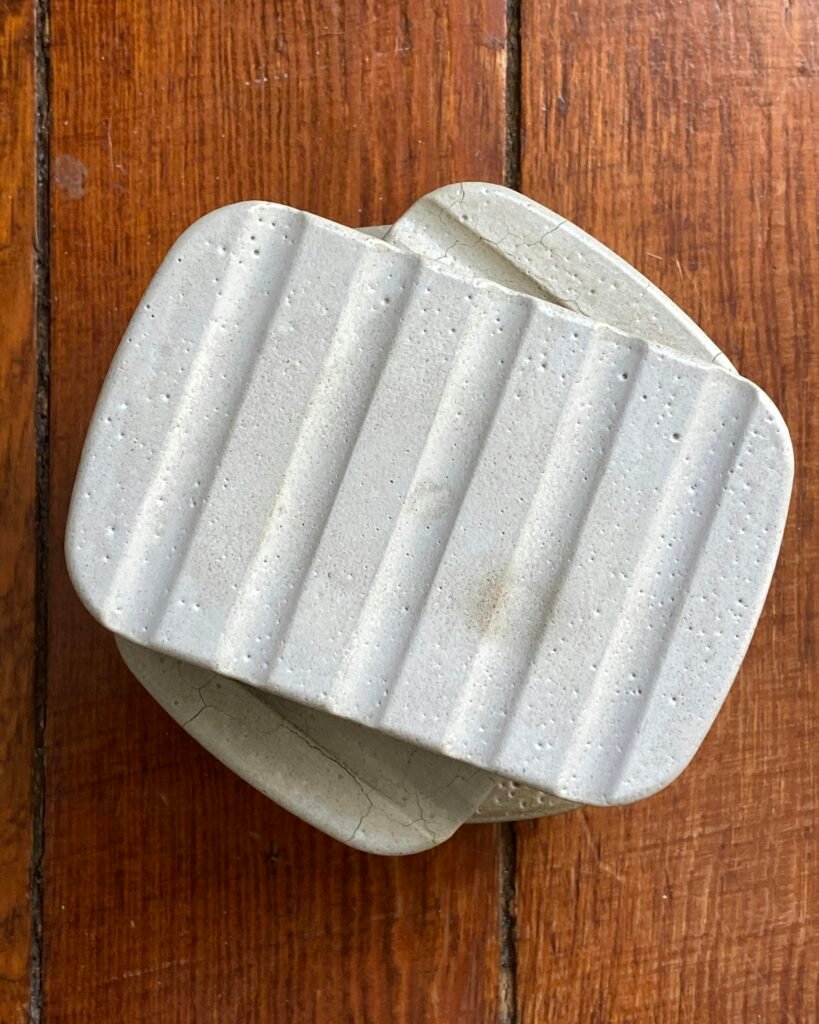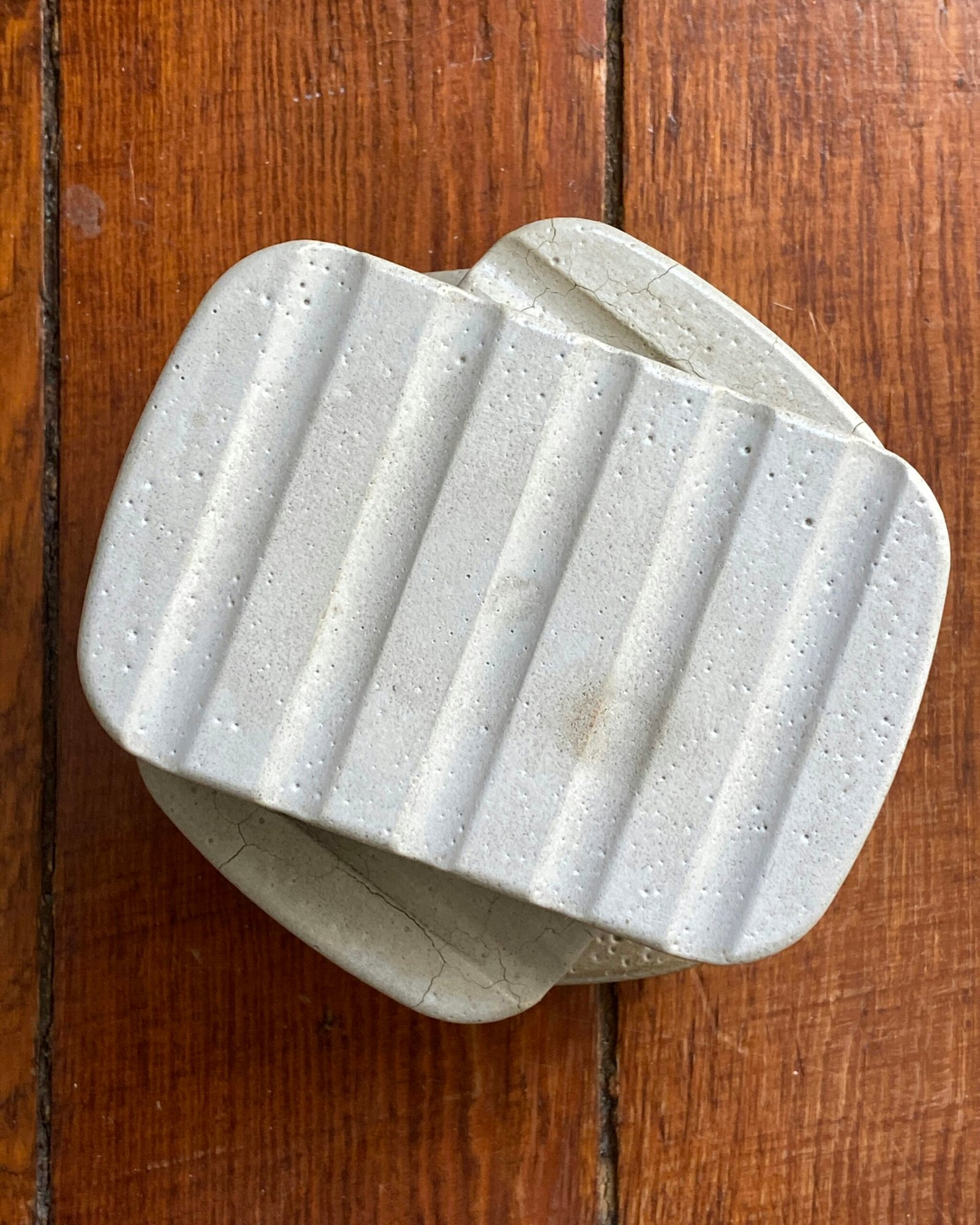? Are you ready to transform your living space without spending a fortune or needing advanced skills?
What Are Affordable DIY Home Decor Projects For Beginners?
You can create beautiful, personalized decor even if you’re just starting out. This article shows a variety of budget-friendly DIY projects, step-by-step approaches, cost estimates, timelines, and tips so you can pick projects that match your style and skill level.
Why Choose DIY Home Decor?
DIY home decor saves money and lets you tailor your space to your taste. You’ll also get the satisfaction of making something yourself and the flexibility to change pieces as your style evolves.
DIY projects are a great way to learn new skills and reduce waste by repurposing items you already have. They also let you create unique pieces that mass-produced decor can’t match.
Getting Started: Mindset and Planning
Starting small and realistic gives you momentum and prevents frustration. You don’t need a lot of tools or experience to begin — just curiosity and a bit of patience.
Planning helps you keep costs under control and ensures you have the right supplies before you begin. A clear plan also reduces the chance of mistakes that waste materials and time.
Set Your Budget
Decide how much you want to spend overall and per project. Stick to a maximum for each item so you don’t get carried away buying tools or specialty materials.
A tight budget encourages creativity and helps you source supplies from thrift stores, discount outlets, or materials you already own. Tracking expenses also helps you evaluate whether a project was worth the cost.
Choose Your Style
Identify a few style elements you want to emphasize, such as color palette, texture, and mood. You can pick a main style like modern, boho, farmhouse, or minimalist and borrow elements from other styles as accents.
Create a simple mood board with images from magazines or online platforms to help you keep a cohesive vision. You’ll make better decisions on paint, fabrics, and accessories when everything ties back to your chosen palette and feel.
Make a Project List and Timeline
Write down a list of projects you want to tackle and prioritize them by impact, cost, and complexity. Start with one or two manageable projects to build confidence.
Set realistic timelines for each project and add buffer time for drying, curing, or unexpected delays. A short timeline prevents projects from lingering unfinished and cluttering your space.
Essential Tools and Materials for Beginners
You don’t need a full workshop to create attractive decor pieces. A few basic tools and versatile materials will cover many projects and pay for themselves fast.
Invest in quality basics that will last, such as a good utility knife, a small paintbrush set, sandpaper, a hot glue gun, measuring tape, and a couple of common paints. Here’s a simple table of essentials to guide your shopping.
| Tool / Material | Approximate Cost Range | Typical Uses |
|---|---|---|
| Utility knife | $5–$15 | Cutting paper, cardboard, foam board, fabric |
| Hot glue gun + sticks | $10–$25 | Attaching trims, assembling crafts |
| Tape measure | $5–$15 | Measuring spaces, materials |
| Screwdriver set | $10–$30 | Small furniture assembly, hanging hardware |
| Paintbrush set | $8–$25 | Painting furniture, frames, small accents |
| Acrylic & chalk paint | $4–$10 per tube/can | Painting decor items and furniture |
| Sandpaper (various grits) | $3–$10 | Surface prep and smoothing |
| Fabric scissors | $8–$20 | Sewing or cutting textiles |
| Sewing needle + thread or basic machine | $5–$80 | DIY cushions, curtains, simple sewing |
| Painter’s tape | $4–$10 | Clean paint lines, patterns |
| Wood glue / craft glue | $4–$12 | Bonding wood or mixed materials |
| Primer | $10–$20 | Prepping surfaces for paint |
| Clear sealant/spray | $6–$20 | Protecting finishes |

Safety Tips and Workspace Setup
Keep safety in mind when working with tools, paint, or adhesives. Proper ventilation, eye protection, and clean workspace reduce risk and improve results.
Set up a dedicated area for projects — even a small corner — where messy items can stay until they’re dry. Use drop cloths or newspaper to protect surfaces and keep a trash bag nearby to avoid clutter.
Quick Projects (Under 1 Hour)
These fast projects are ideal when you want an instant refresh. They often require minimal materials and give immediate satisfaction.
Painted Mason Jars for Storage or Vases
Painting mason jars creates coordinated containers for utensils, brushes, or flowers. Use chalk or acrylic paint and seal with a clear coat for durability.
Steps: clean jars, apply primer (if needed), paint with two light coats, and finish with sealant. Cost per jar is usually under $5 and time is about 20–40 minutes plus drying.
Washi Tape Wall Patterns
Washi tape creates removable wall graphics like stripes, grids, or frames without damaging paint. It’s perfect for renters or those who like to change things often.
Create a plan on paper, measure and mark lightly with pencil, then apply tape carefully. You can add paper prints or photos within frames made by the tape. Time: 30–60 minutes. Cost: $5–$15 per roll.
No-Sew Pillow Covers
No-sew covers use fabric glue or iron-on hemming tape to turn fabric into custom cushion covers. They’re fast and eliminate basic sewing if you’re not ready to use a sewing machine.
Measure your pillow, cut fabric with a few inches extra, fold and secure with hem tape or fabric glue, and insert the pillow. Time: 30–45 minutes. Cost: $10–$20 per cover depending on fabric.
Decorative Trays from Thrifted Plates or Cutting Boards
Turn a thrifted cutting board or wooden tray into a statement piece with paint or decoupage. Add small handles from hardware stores for a polished look.
Sand lightly, paint or decoupage with patterned paper, and seal. Attach handles if desired. Time: 45–60 minutes plus drying. Cost: $5–$25 depending on source.
Customized Candles with Essential Oils
Make simple scented candles by melting wax, adding essential oils, and pouring into jars or molds. It’s a cozy way to personalize scent and color.
Use a double boiler or microwave-safe container for wax, add fragrance, and pour into containers with a wick. Let cure overnight. Time: 1 hour active plus cure. Cost: $5–$15 per candle depending on materials.
Comparison Table: Quick Projects
| Project | Key Materials | Cost Estimate | Time | Difficulty |
|---|---|---|---|---|
| Painted Mason Jars | Jars, chalk/acrylic paint, sealant | $3–$8 each | 20–40 min | Easy |
| Washi Tape Walls | Washi tape | $5–$15/roll | 30–60 min | Easy |
| No-Sew Pillow Covers | Fabric, hem tape/glue | $10–$20 | 30–45 min | Easy |
| Decorative Tray | Thrifted board, paint, sealant | $5–$25 | 45–60 min | Easy |
| DIY Candles | Wax, wick, oils | $5–$15 | 60+ min | Easy |
Medium Projects (1–3 Hours)
These projects take a bit more time and attention but still remain beginner-friendly. You’ll start to use more tools and techniques like sanding, priming, and simple hardware installation.
Stenciled Accent Wall or Small Furniture
Stenciling gives the look of wallpaper without the cost or permanence. You can stencil a small wall, a dresser side, or an accent panel for significant visual impact.
Clean and prime your surface, tape the stencil in place, dab paint with a stencil brush, and move across the area. Clean the stencil periodically to avoid smudging. Time: 2–3 hours depending on area. Cost: $15–$60 for stencil and paint.
Floating Shelf from Reclaimed Wood
A simple floating shelf adds storage and display space. Use a small plank, a mounting bracket, and finish with stain or paint.
Measure and mark, attach brackets securely to studs or use anchors, and finish wood before mounting. Time: 1–2 hours. Cost: $20–$40 for materials.
Rope-Wrapped Planters
Wrap cheap terracotta pots or tin cans with jute rope for a natural-textured planter. It’s a forgiving craft that looks good with rustic or coastal decor.
Apply hot glue and wrap rope tightly, trimming and securing ends invisibly. You can add paint accents or tassels. Time: 60–90 minutes. Cost: $5–$15 per planter.
Simple Upholstery Refresh (Chair Seat)
Update a chair seat by replacing the fabric and foam. This project gives old furniture a second life and a fresh look.
Remove the seat, strip old fabric, cut new foam and fabric, staple the fabric underneath, and reattach. Time: 1–3 hours. Cost: $20–$60 depending on foam and fabric.

Larger Weekend Projects (Half-Day to Weekend)
When you have a full afternoon or a weekend, you can take on projects that change a room’s function or style. These often need more tools and planning but yield big results.
Painted Accent Furniture (Side Table or Dresser)
Painting furniture can dramatically shift a room’s look. Choose a single color or try color blocking for modern style.
Prep with cleaning and sanding, prime if needed, apply 2–3 thin coats of paint, and finish with a clear coat. Consider swapping hardware for an updated touch. Time: 4–12 hours including drying. Cost: $30–$150 depending on piece and paint.
Gallery Wall Curation and Layout
A curated gallery wall brings personality and depth to a room. Mix frames, art prints, and small shelves to create balance.
Lay out frames on the floor first, measure spacing, hang center pieces, then work outward for symmetry. Use picture-hanging templates or craft paper cutouts to test placement. Time: 2–6 hours. Cost: $20–$150 depending on frames and prints.
Pallet or Crate Bookshelf
Reclaimed pallets or wooden crates can be turned into shelving or storage units. These pieces add charm and offer practical storage.
Sand pallets/crates thoroughly, assemble or stack securely, and treat wood with stain or paint. Anchor tall units to the wall for safety. Time: 4–8 hours. Cost: $0–$60 depending on whether you source free pallets.
Hand-Painted Rug or Floor Cloth
Customize a small rug or floor cloth with paint for a bold, inexpensive statement. Use outdoor paint or an acrylic mixed with a textile medium for durability.
Measure and tape geometric shapes or freehand patterns, paint multiple thin coats, and seal if necessary. Time: several hours plus drying. Cost: $25–$75.
Upcycling and Repurposing Projects
Working with items you already own or thrift finds reduces waste and is budget-friendly. Upcycling gives you creative freedom and often unique results.
Turn a Ladder Into a Towel or Blanket Holder
An old wooden ladder can be sanded and sealed for storing blankets or towels. It adds vertical interest and is easy to move.
Lean the ladder against a sturdy wall or anchor if needed for safety. Add a finish to prevent splinters and keep it stable. Time: 1–2 hours. Cost: $0–$40 depending on ladder sourcing.
Crate Coffee Table With Casters
Stack and secure wooden crates, add a top surface, and attach casters for mobility. This creates instant rustic storage and a functional coffee table.
Sand crates, add top board if needed, and finish. Securely attach casters on the bottom for easy movement. Time: 3–6 hours. Cost: $20–$80.
Wine Bottle Pendant Lights
Empty glass bottles can become pendant lights with lamp kits for a modern or industrial look. It’s a stylish way to reuse glass and control costs.
Cut or adapt bottles if you want open bottoms, otherwise drill carefully and install a socket kit. Wiring requires caution — consider a licensed electrician for hardwired installations. Time: 2–6 hours. Cost: $15–$50 per pendant plus lamp kit.
Textile and Fabric Projects
Textiles transform a room’s warmth and texture. Small sewing or no-sew skills go a long way.
Sew Simple Roman Shades
Roman shades offer a tailored window treatment and can be made from upholstery or curtain fabric. You’ll need a basic sewing machine or a local fabric cutter.
Measure window width and drop, sew channels for the dowels or rods, attach rings for cords, and mount the headrail. Time: 4–8 hours depending on size. Cost: $20–$80.
Make a Floor Pouf
Poufs add flexible seating and visual interest. Use sturdy fabric and a dense filling like foam or recycled fabric scraps.
Sew a circular or octagonal pouf with durable seams and fill tightly for shape. Add a zipper for removable covers. Time: 2–5 hours. Cost: $25–$70 depending on filling.
DIY Curtain Panels with Trim
Add trim or contrast panels to plain curtains to look custom. Use fabric glue or sew on trim for professional results.
Measure carefully for symmetry, attach trim with a sewing machine or fabric glue, and hang on existing rods. Time: 2–4 hours. Cost: $10–$40 per panel.
Lighting Projects to Brighten Your Space
Lighting changes mood and function. DIY lighting projects can be safe and simple if you follow instructions and avoid risky electrical work.
Lanterns From Metal Tins or Cans
Create ambient lighting by punching patterns into recycled cans and placing candles or LED lights inside. It’s safe and whimsical.
Punch patterns using a hammer and nail on a metal surface placed on wood. Paint cans for color and add a handle for hanging. Time: 1–2 hours. Cost: $0–$10.
Easy LED Strip Under-Cabinet Lighting
LED strips are low-voltage and easy to install with adhesive backing. They brighten workspaces and highlight features.
Measure, cut to length where allowed, and stick under cabinets. Use plug-in adapters to avoid hardwiring. Time: 30–60 minutes. Cost: $15–$40.
Rope Light Headboard Accent
Attach rope lights behind a headboard to create soft backlighting. LED rope lights are efficient and safe for this application.
Mount with clips or channel profiles and hide wiring along baseboards or behind furniture. Time: 1–2 hours. Cost: $20–$60.

Plants and Planters for Freshness
Adding plants refreshes air and mood. You can DIY planters to match your decor and budget.
Terrarium in a Glass Container
Terrariums are low-maintenance mini ecosystems perfect for desks or shelves. Choose succulents or air plants for easy care.
Layer sand, activated charcoal, soil, and plants, and add decorative stones or moss. Keep in bright indirect light and water sparingly. Time: 30–60 minutes. Cost: $10–$30.
Hanging Macramé Plant Hangers
Macramé hangers add boho texture and suspend plants where floor space is limited. Basic knot techniques make this project beginner-friendly.
Use jute or cotton cord, follow a simple pattern of knots, and test weight capacity with a potted plant. Time: 1–2 hours. Cost: $5–$20.
Herb Garden in Recycled Containers
Repurpose jars, cans, or small planters to create an indoor herb garden. It’s practical and adds scent and greenery to a kitchen.
Ensure proper drainage by adding a layer of pebbles or drill holes if possible. Place near a sunny window for best growth. Time: 30–90 minutes. Cost: $0–$20.
Wall Art and Display Ideas
Walls are often the most transformative surfaces in a room. You can make art without artistic training.
Large Abstract Canvas with Masking Tape
Create modern-looking abstract art using masking tape and a palette of 2–3 colors. The tape gives clean geometric lines.
Apply tape in a pattern, paint over it with different colors, and remove the tape once paint is tacky. Seal if necessary. Time: 1–3 hours. Cost: $15–$50.
Framed Fabric or Wallpaper Samples
Simply frame attractive fabric or wallpaper remnants for instant art. This is affordable and helps you test patterns before committing.
Cut to size, mount on foam board, and place in a frame. Group several pieces for a gallery effect. Time: 30–60 minutes. Cost: $5–$30 per frame.
Photo Ledge and Rotating Display
Install a simple shelf ledge to display photos and rotate decor seasonally. It keeps walls fresh without constant nails.
Measure and mount securely to studs or use anchors. Use frames or lean items for an informal look. Time: 1–2 hours. Cost: $10–$40.
Finishing Touches and Maintenance
Finishing touches like hardware, trimmings, and protective finishes extend the life of DIY items. Routine maintenance keeps pieces looking their best.
Use clear sealants on painted surfaces that will see wear, launder removable covers, and periodically tighten hardware and refresh finishes. Small upkeep keeps your space polished.
Sealing and Protecting Surfaces
Apply a polyurethane or acrylic clear coat to painted furniture and trays for water and scratch resistance. For textiles, consider fabric protector sprays.
Follow manufacturer instructions for cure times and ventilation. Proper sealing improves durability significantly.
Cleaning and Care Tips
Dust and clean surfaces gently with appropriate cleaners — avoid harsh chemicals on painted or delicate finishes. Rotate items exposed to sunlight to prevent fading.
For plants, monitor watering needs and prune as necessary. For textiles, read fabric care labels and wash or spot-clean as needed.
Common Beginner Mistakes and How to Avoid Them
You’ll learn faster by recognizing common pitfalls and planning to avoid them. These tips reduce wasted materials and frustration.
Not Testing Paint Colors
Always test paint on a small area or a sample board because lighting changes hue perception. A color that looks perfect in a small swatch may look different on a full wall.
Apply multiple coats to the sample area and observe at different times of day before committing.
Skipping Surface Prep
Skipping sanding or cleaning can lead to poor adhesion and peeling. Proper prep is quick and pays off with longer-lasting results.
Clean surfaces of grease, sand glossy finishes lightly, and apply primer when painting raw wood or laminate.
Overcomplicating the First Project
Choose projects with forgiving techniques to build confidence. Start with smaller items before tackling furniture or electrical work.
Success early on makes you more likely to take on more ambitious projects later.
Where to Source Affordable Supplies
Sourcing low-cost materials stretches your budget and often inspires creativity. Thrift stores, discount craft stores, salvage yards, and online marketplaces are excellent places to look.
Attend local community swaps, search for clearance sales, or join local buy-nothing groups for free or low-cost items. You’ll often find furniture or materials that just need a little TLC.
Budget Breakdown Example
Here’s a basic budget example for a weekend refresh that includes painting a small dresser, making two pillow covers, and creating a gallery wall. Adjust numbers based on your region and choices.
| Item | Quantity | Cost Each | Total |
|---|---|---|---|
| Chalk paint (sample can) | 1 | $12 | $12 |
| Sandpaper and primer | 1 each | $10 | $10 |
| New drawer knobs (set) | 1 | $15 | $15 |
| Fabric for pillows | 2 yards | $8 | $16 |
| Hem tape | 1 | $6 | $6 |
| Frames (mixed thrift) | 5 | $6 | $30 |
| Print paper/ink or small prints | 5 | $2 | $10 |
| Misc (glue, tape, hooks) | – | – | $10 |
| Total | – | – | $109 |
This budget gives you an idea of how far a small amount of money can go with strategic choices and thrifted items.
Frequently Asked Questions
Answering common questions helps you avoid uncertainty and make confident choices as you start projects.
How much should I spend on tools vs. materials?
Invest in a few versatile, quality tools and prioritize affordable materials. Tools are long-term investments, while materials may be one-off expenses that vary with each project.
Start with entry-level, durable tools and add specialty items as needed.
Can I DIY lighting projects safely without electrical knowledge?
You can do low-voltage or plug-in lighting projects safely, but avoid hardwired electrical work unless you have training. For hardwired projects, consult or hire a licensed electrician.
Always follow safety instructions and ensure proper insulation and grounding for any electrical component.
How do I make sure my paint colors look the same in different lighting?
Test paint samples in different parts of the room and observe them during daylight and evening light. Use sample boards and view them on all walls to ensure you’re happy with the tone.
Lighting type (warm vs. cool bulbs) also affects color perception, so test with the bulbs you plan to use.
Troubleshooting Common Problems
If something goes wrong, small fixes can often save a project. Knowing common fixes helps you continue without losing momentum.
- If paint bubbles: sand lightly and re-prime to ensure adhesion.
- If fabric wrinkles or puckers: adjust tension and re-staple or use interfacing for stability.
- If shelves sag: add a central support or choose thicker boards rated for load.
Project Ideas List (Summary for Quick Reference)
This list helps you pick projects by impact and time investment. You can mix several quick projects for an instant refresh or commit to a larger weekend build.
- Quick: Painted jars, washi tape gallery, no-sew pillow covers, candle making.
- Medium: Floating shelves, stenciled furniture, rope-wrapped planters, simple upholstery.
- Large: Painted dresser, pallet bookshelf, custom curtains, hand-painted rug.
- Upcycling: Ladder storage, crate tables, bottle lighting, tin lanterns.
- Textiles: Roman shades, poufs, curtain trim.
- Plants: Terrariums, macramé hangers, herb garden jars.
Final Tips to Keep Projects Affordable and Fun
Choose projects that match your schedule and area, keep costs predictable, and don’t shy away from adapting plans if you find cheaper materials. Enjoy the process, share progress with friends or social communities, and trade tips to improve.
Starting small and finishing consistently will build your skills and confidence. You’ll find that even simple projects make a big difference in how your home feels.
Encouragement and Next Steps
You can make charming, budget-friendly decor with basic tools, a little planning, and a willingness to try. Begin with one quick project and build from there — each finished piece will make your home more personal and teach you skills for larger projects.
Pick one small item from this list, gather your supplies, set a realistic timeline, and start. You’ll be surprised how much character you can add to your home with affordable DIY projects for beginners.
